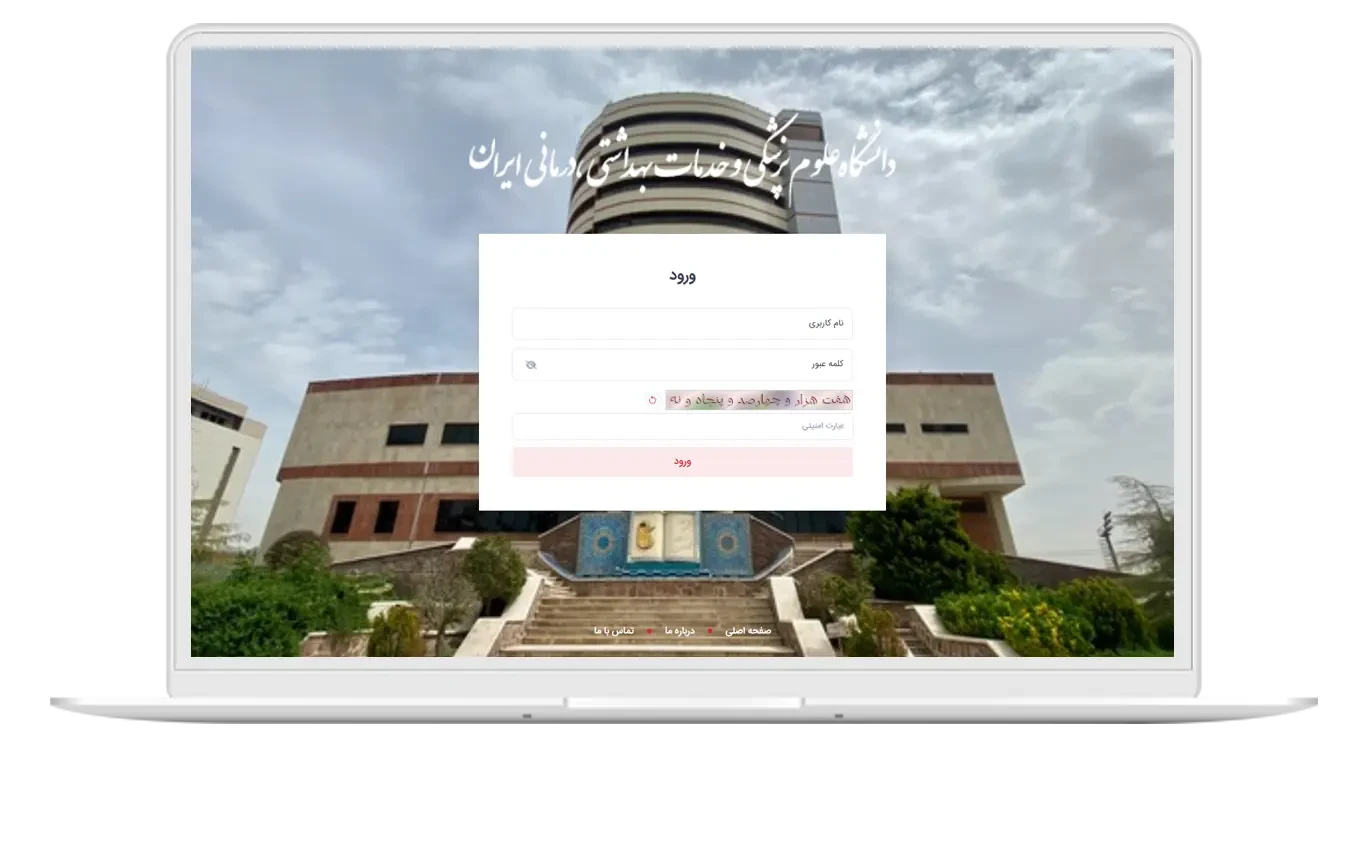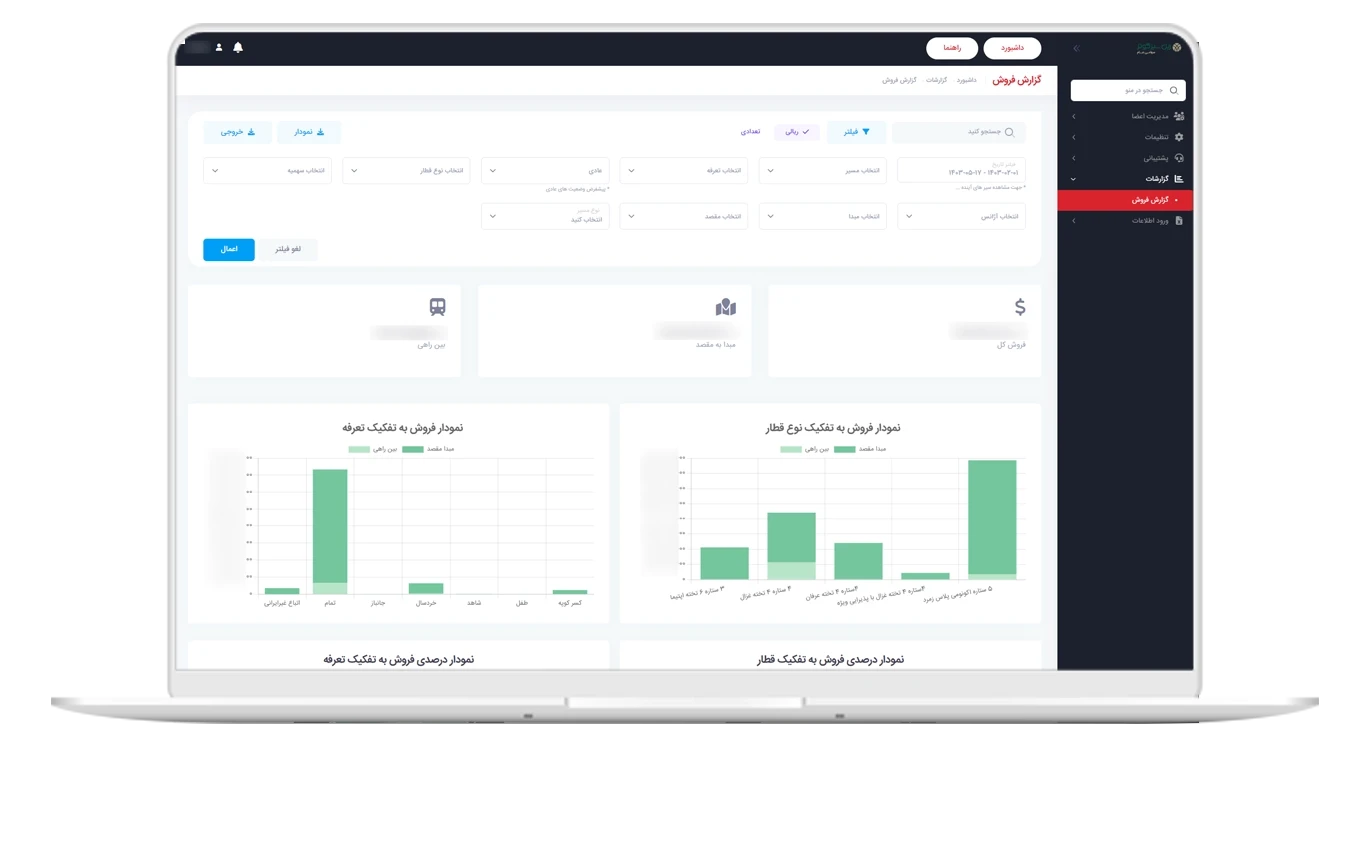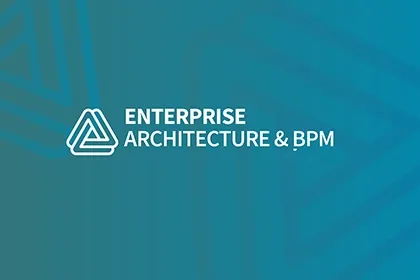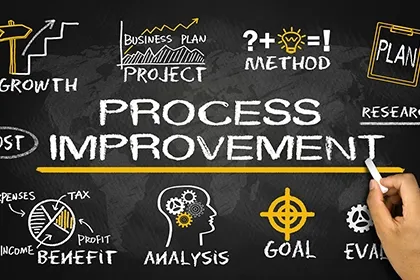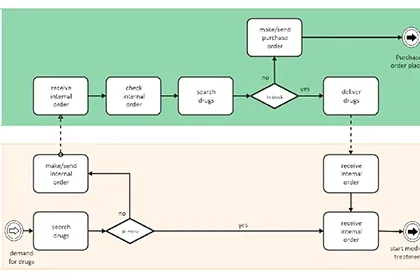In today's competitive world, organizations must be able to respond quickly to environmental changes, technology, and customer needs in order to survive and grow. This vital characteristic, referred to as organizational agility, is achieved through innovative tools and methods such as Business Process Management (BPM) and Agile thinking.
BPM organizational agility means the organization's ability to quickly modify, improve, and implement processes in response to internal and external changes. This article examines the role of BPM in creating agile organizations, the principles of integrating BPM and Agile, and tools for achieving it.
What is Organizational Agility?
Organizational agility (Agile Organization) refers to the organization's ability to quickly identify environmental changes, make rapid decisions, and effectively implement changes. Agile organizations move away from traditional structures towards process-centric, self-managed teams, and data-driven decision-making.
- Quick response to market changes
- Focus on customer satisfaction
- Flexible structures and multifunctional teams
- Utilization of modern technologies for process execution
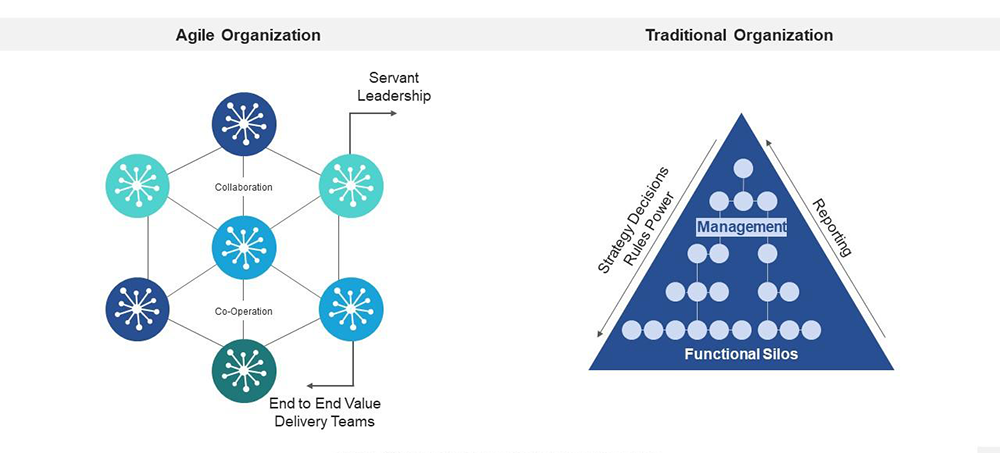
The Role of BPM in Achieving Organizational Agility
Business Process Management (BPM) is a systematic framework for designing, executing, monitoring, and improving organizational processes. By using BPM, organizations can document their processes, identify bottlenecks, and respond to changes in the shortest time possible.
BPM acts as the backbone of agility; it provides real data on process performance and enables managers to make quicker decisions. This synergy between BPM and Agile facilitates the digital transformation infrastructure of the organization.
- Clarifying tasks and workflows
- Facilitating collaboration between units and teams
- Continuous optimization of processes based on data feedback
- Reducing project execution time through automation
The Relationship between BPM and Agile: Two Complementary Approaches
Contrary to popular belief, BPM and Agile are not competitors but complement each other. Agile is a flexible approach to development and execution, while BPM provides a structured framework for controlling and continuously improving processes.
The combination of these two allows organizations to have both speed (from Agile) and stability and control (from BPM) simultaneously. As a result, the organization not only makes decisions quickly but also ensures the quality and sustainability of process execution.
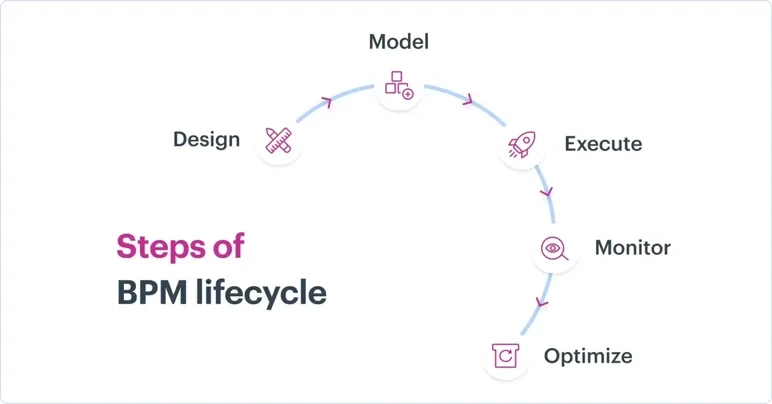
Key Components of BPM Organizational Agility
- Data Management and Intelligent Analytics: BPM provides the necessary tools to collect and analyze data to ensure decisions are based on reality.
- Process Automation: Using BPMS to eliminate repetitive activities and increase responsiveness.
- Process Flexibility: Enabling quick redesign of processes according to changes in regulations, customer needs, or market conditions.
- Team Synergy: Breaking down silos and enhancing collaboration between departments.
These components enable organizations to anticipate and manage changes rather than react passively.
Benefits of Combining BPM and Agile in Organizations
- Reduction in the time to execute transformational projects
- Increased transparency in team performance
- Facilitation of data-driven decision-making
- Enhanced customer satisfaction through continuous service improvement
- Adaptability to sudden market or regulatory changes
Organizations leveraging the combination of BPM and Agile act 40% faster in responding to customer needs compared to their competitors.
Implementing BPM Organizational Agility in Practice
Implementing organizational agility with BPM requires careful planning and incremental steps. Below, we review the main stages of its execution:
- Analyze Current Processes: Identify weaknesses and bottlenecks
- Design New Processes: Utilize BPMN principles and agile thinking for redesign
- Deploy BPMS Technology: Automate processes using specialized platforms
- Training and Culture Building: Familiarize employees with agile and process-oriented approaches
- Monitoring and Continuous Improvement: Use data to refine processes and enhance productivity
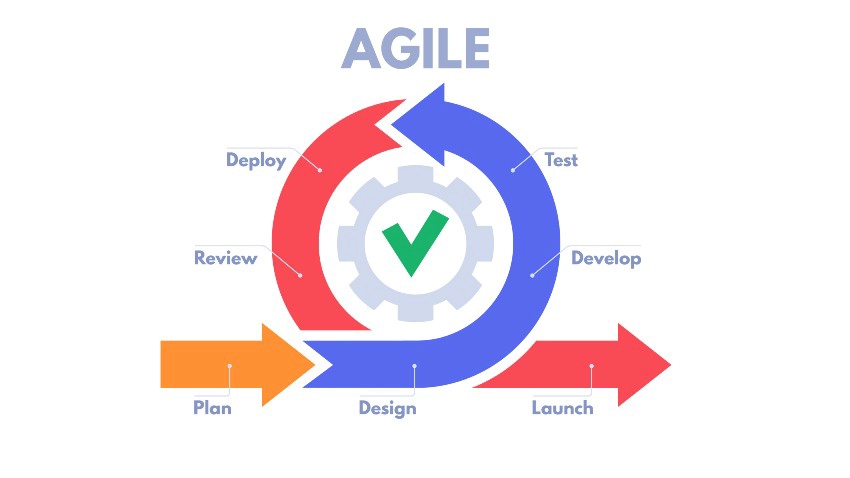
Challenges of Implementing Organizational Agility with BPM
- Employee resistance to change
- Lack of process-oriented perspective in traditional management
- Shortage of knowledge in BPMS and Agile
- Coordination challenges between IT and business teams
To overcome these challenges, interdisciplinary teams should be formed and strong leadership in managing change should be leveraged.
The Future of Organizational Agility with BPM
With the expansion of artificial intelligence, machine learning, and data analytics, BPM has reached a new level of organizational agility. Future organizations will be able to make decisions in real-time and automatically optimize processes using smart BPMS.
Thus, Business Process Management (BPM) is recognized as the backbone of digital transformation in agile organizations.
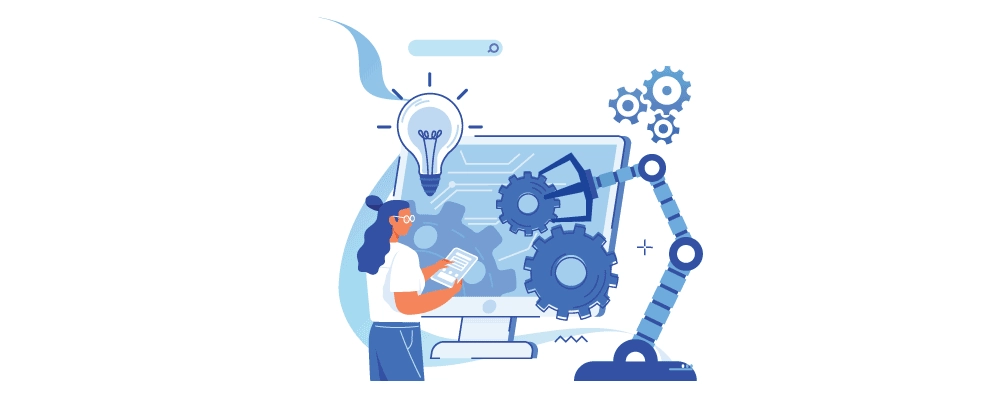
Conclusion
Organizational agility is no longer an option but a necessity for survival in the age of digital transformation. BPM prepares organizations for genuine agility by providing the necessary structure, transparency, and technology. The combination of Agile principles with Business Process Management (BPM) is a reliable path to achieving innovation, flexibility, and increased productivity.
Organizations that institutionalize agility in their culture will have the future of the market in their hands.
Frequently Asked Questions
Organizational agility BPM refers to the organization's ability to react quickly to environmental and market changes by using Business Process Management (BPM). This combination enables organizational processes to be designed and executed in a dynamic, data-driven, and flexible manner.
BPM is a management framework for designing and improving processes, while Agile is a flexible execution method for managing projects. Combining these two creates the best results in improving organizational productivity and response speed.
Yes, Business Process Management Systems (BPMS) are the main tools for executing BPM in organizations. These systems enable the automation, monitoring, and rapid improvement of processes, which is critical for agility.
By using BPM, Agile teams can make their workflows clearer, documented, and measurable. This transparency leads to increased coordination and reduced rework.
Data serves as the primary fuel for BPM. Process data analysis allows the organization to understand its actual behavior, predict problems, and make optimal decisions.
You can refer to the main article on Business Process Management (BPM) on the website, which fully addresses the concepts, tools, and benefits of BPM.
